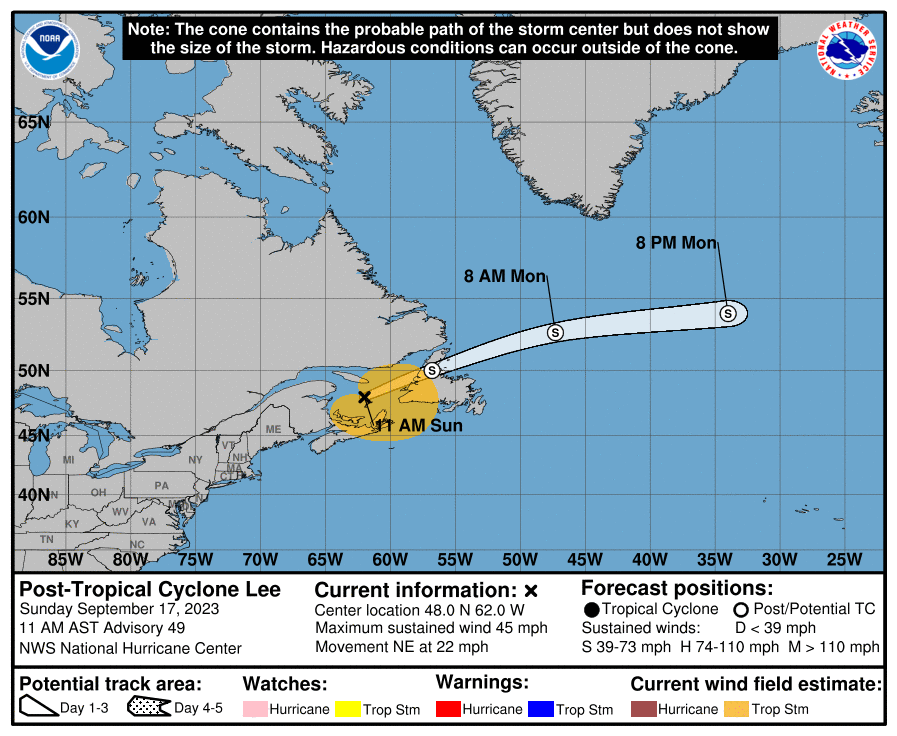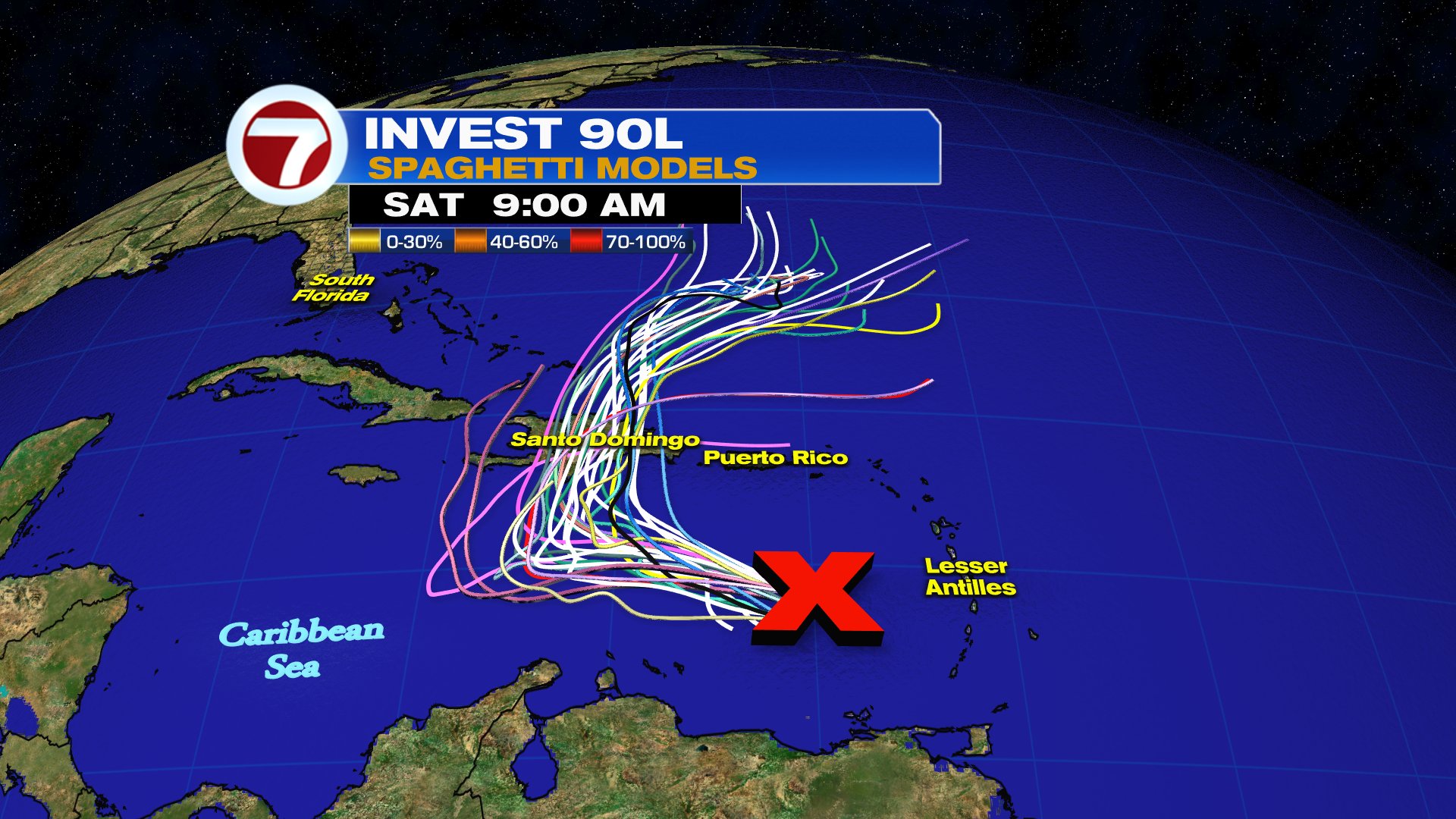Colorado State University (CSU) , issues the hurricane forecast for the 2024 season.
They are calling for what may turn out to be a very active year, forecasting 23 named system, out of which 11 could turn into hurricanes, and out of that number, 5 could reach major status. Those are systems with winds over 111 mph. The average season sees around, 14, 7 and 3. Last year the Atlantic basin spawned 20, 7, and 3.
What about direct impacts?
CSU suggests the following:
1) Entire U.S. coastline – 62% (average from 1880–2020 is 43%)
2) U.S. East Coast Including Peninsula Florida (south and east of Cedar Key, Florida) – 34% (average from 1880–2020 is 21%)
3) Gulf Coast from the Florida Panhandle (west and north of Cedar Key, Florida) westward to Brownsville – 42% (average from 1880–2020 is 27%
Why the high numbers?
There are varied ingredients for the possibility of an above average season. The two most important are the temp of the ocean water and the emergence of La Niña.
In order for storms to form, ocean water should be at 80 degrees or higher. Look at all the red over the Atlantic, temps here are off the charts. This is the area where storms tend to organize the most.
There should be enough fuel here to brew and intensify systems.
The second most important ingredient is the return of La Nińa. This is a cooling of the Equatorial Waters of the Pacific Oceans. It not only impacts marine currents, but atmospheric ones as well. This will impact the upper winds in the Atlantic and provide a better environment for storm growth.
With these two ingredients present, CSU is forecasting an above average year. Remember, not one single forecast will tell you where and when we will see a direct strike.
Now is the time to prepare for a season that lasts 6 month. Build up your hurricane kit little by little.
From now through the start of June, there will be many other institutions issuing their own forecasts. NOAA will issue their official outlook at the end of May.
Of course my pledge to you, as well as the entire 7Weather team, is to keep you informed and help guide you through any threat.
I'll be watching.









































